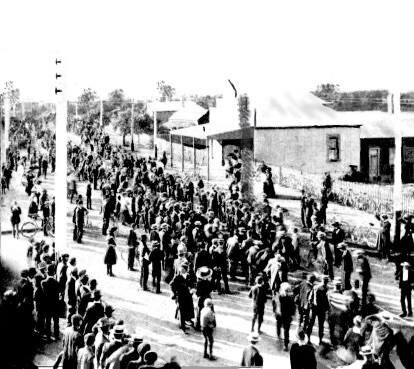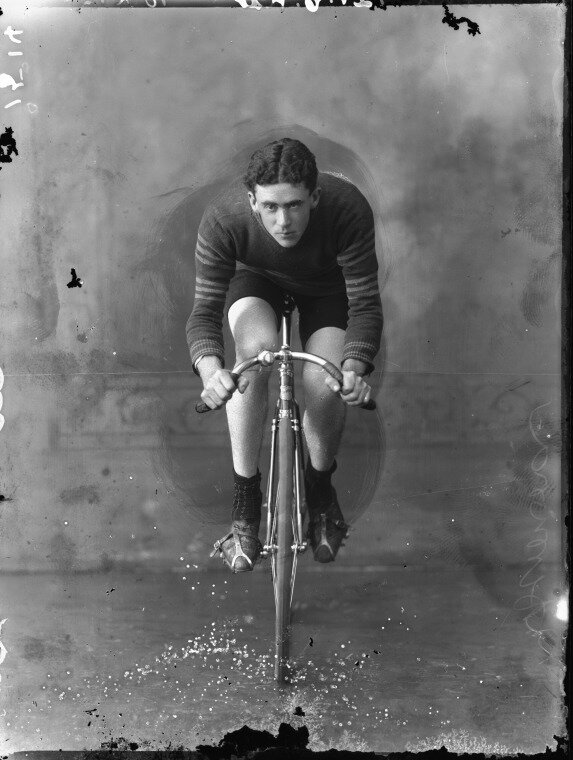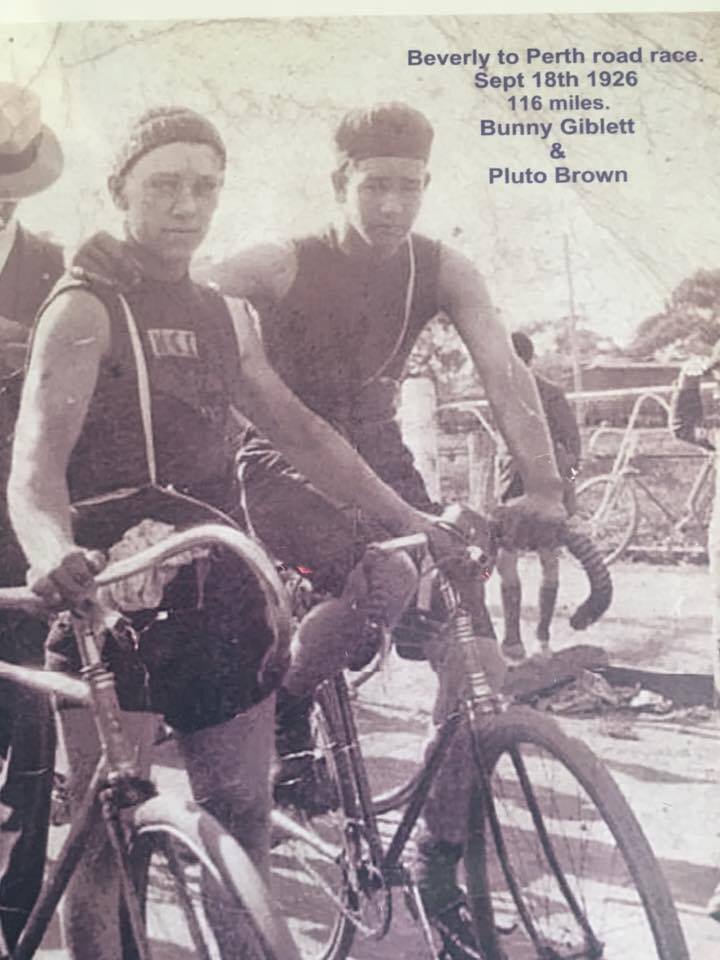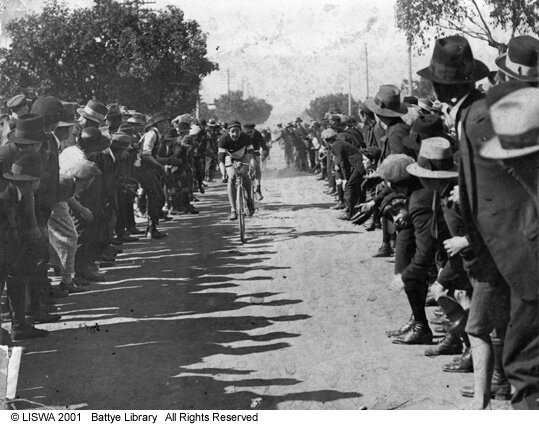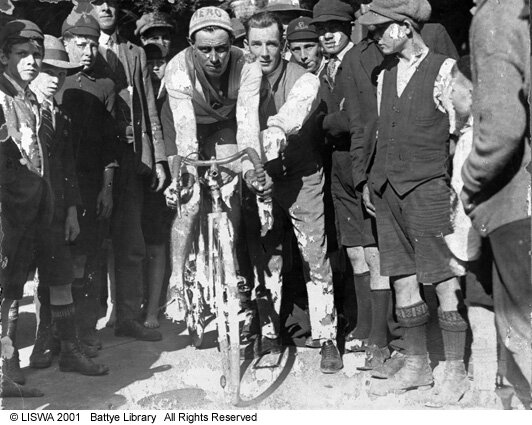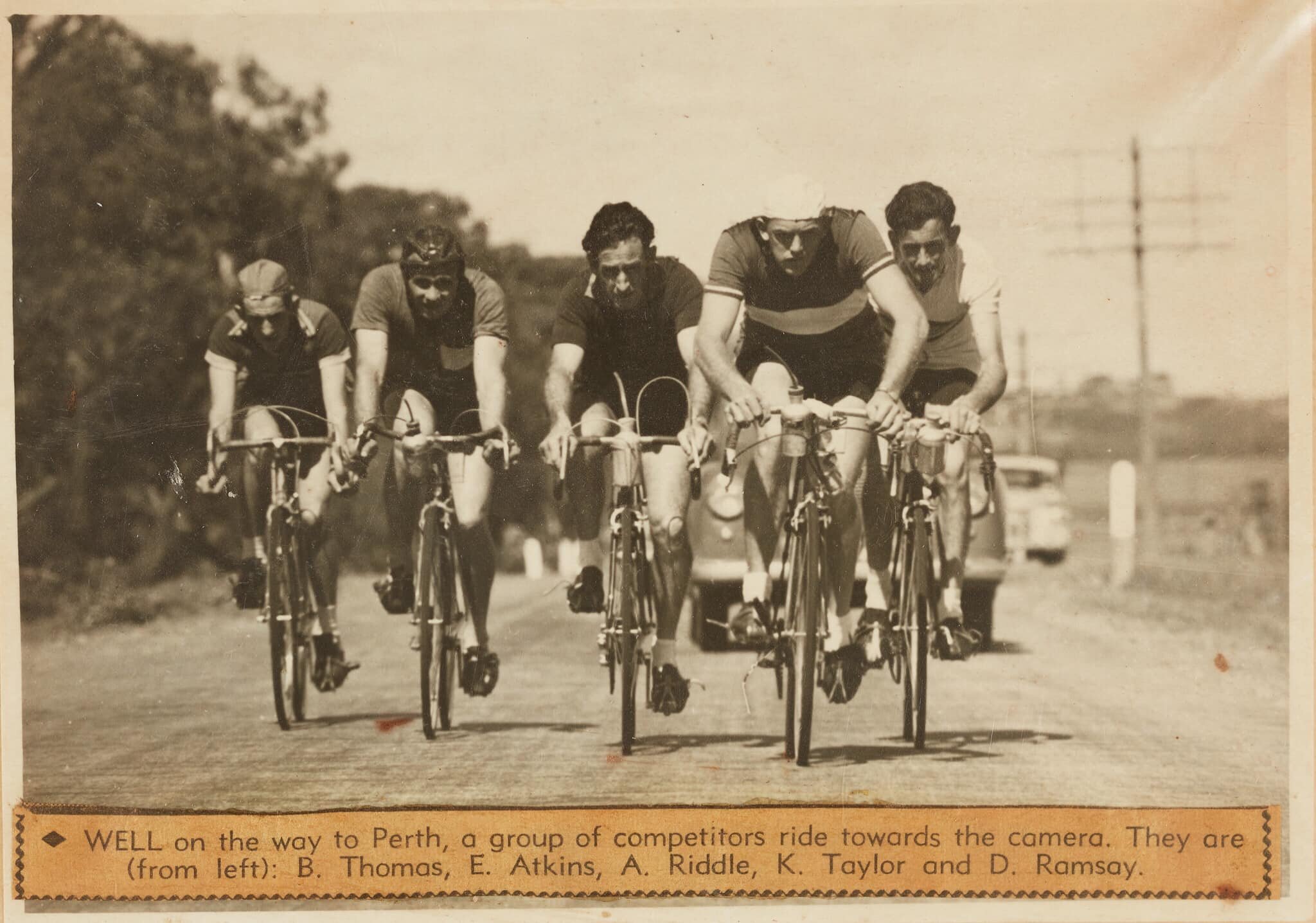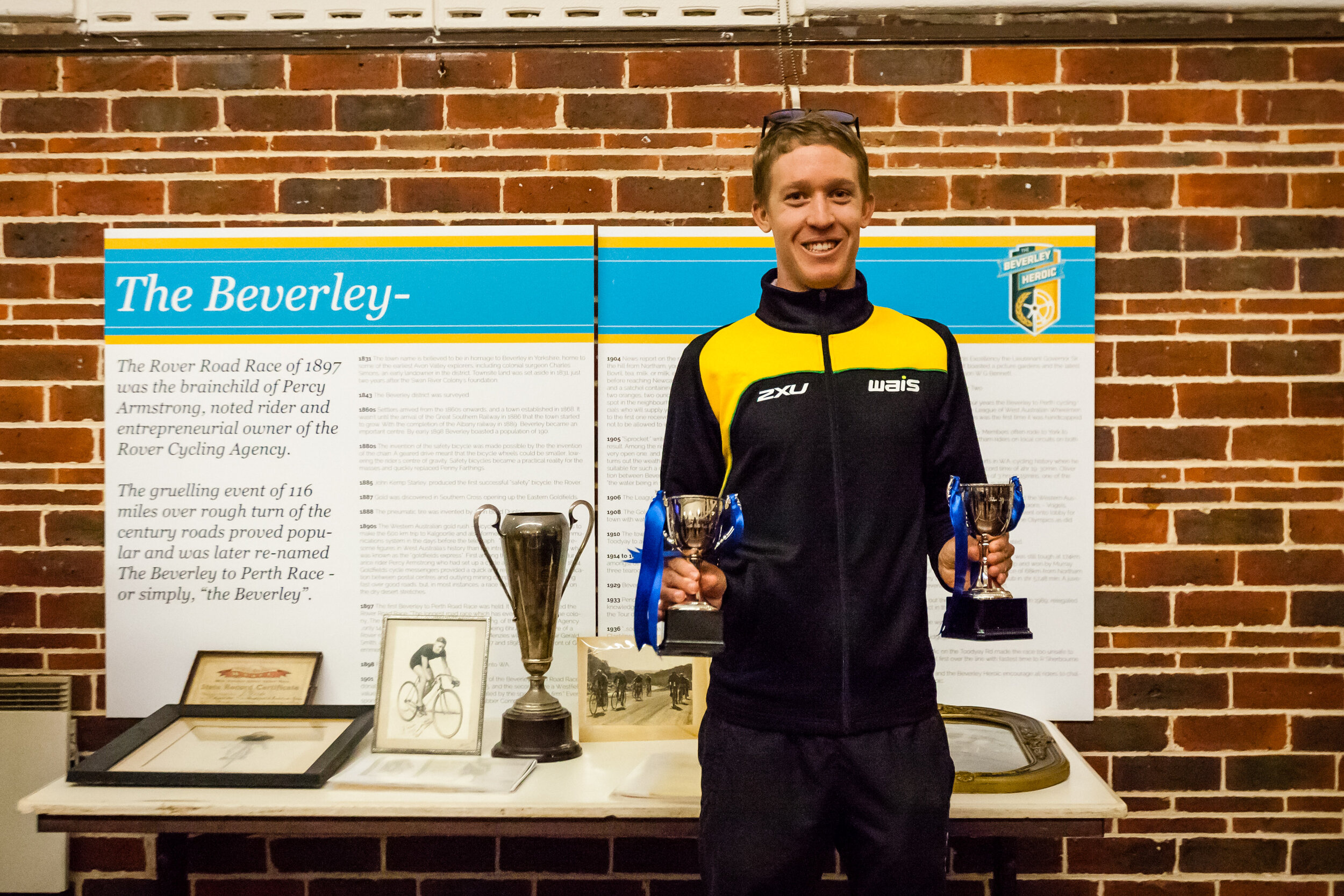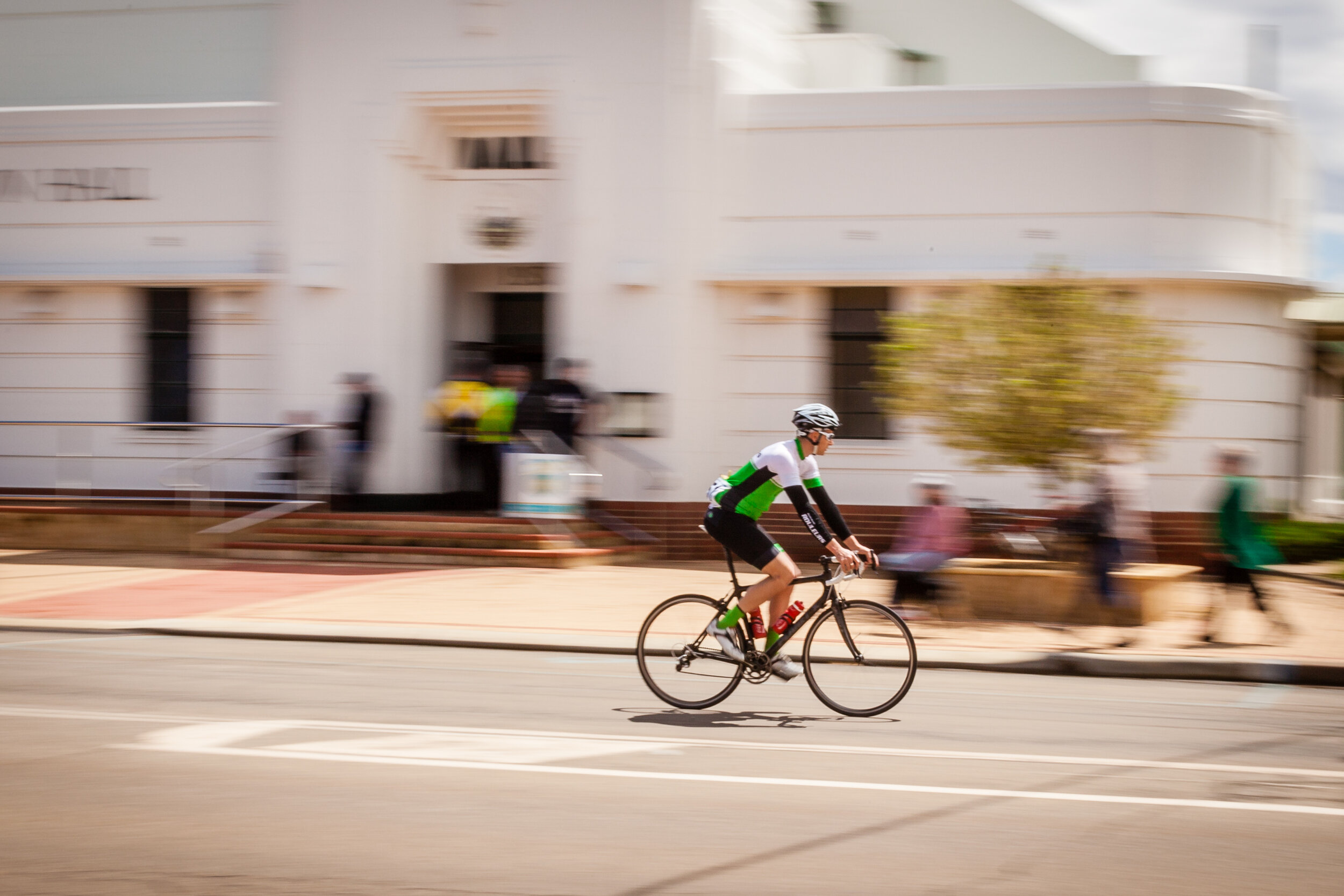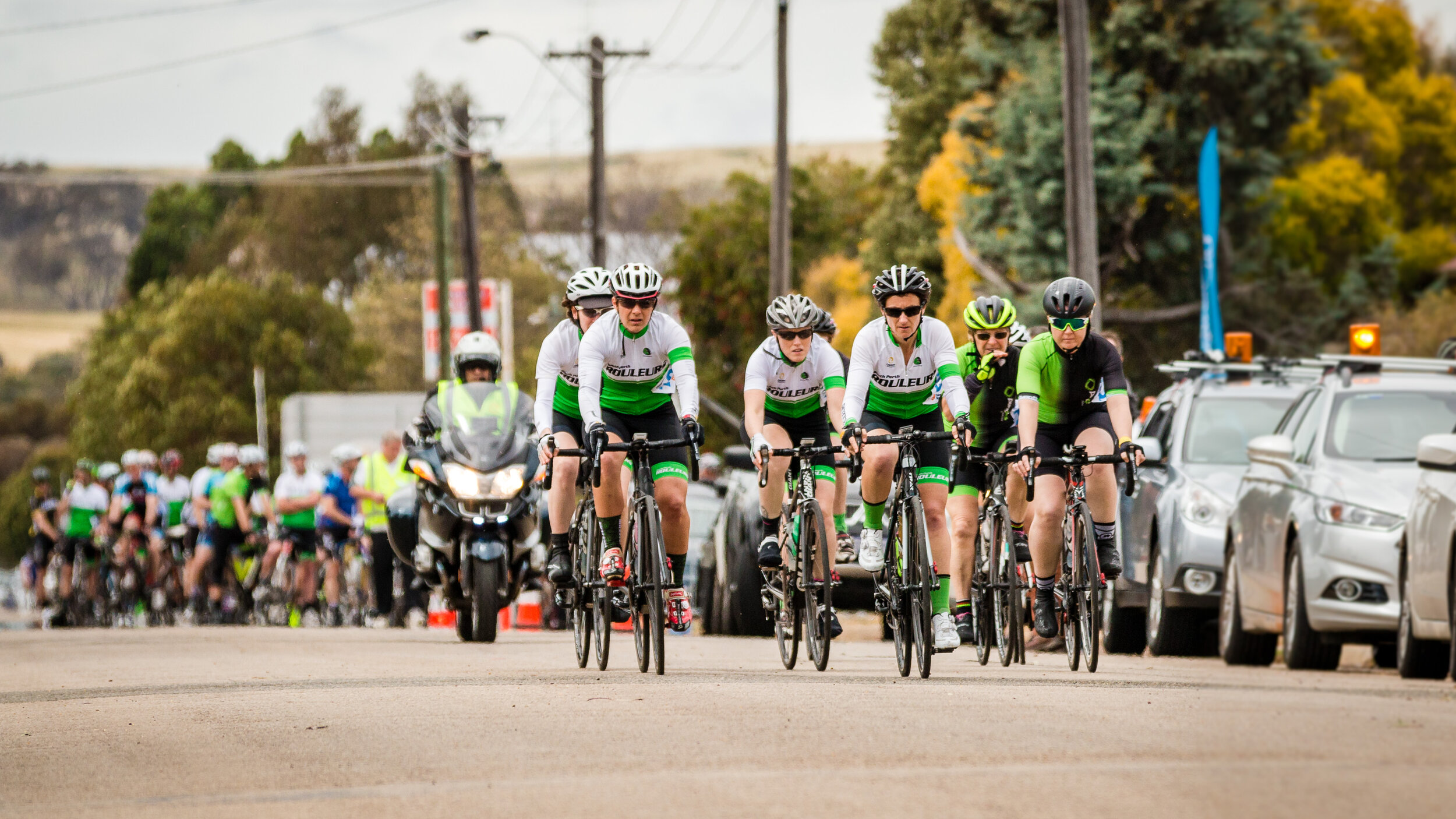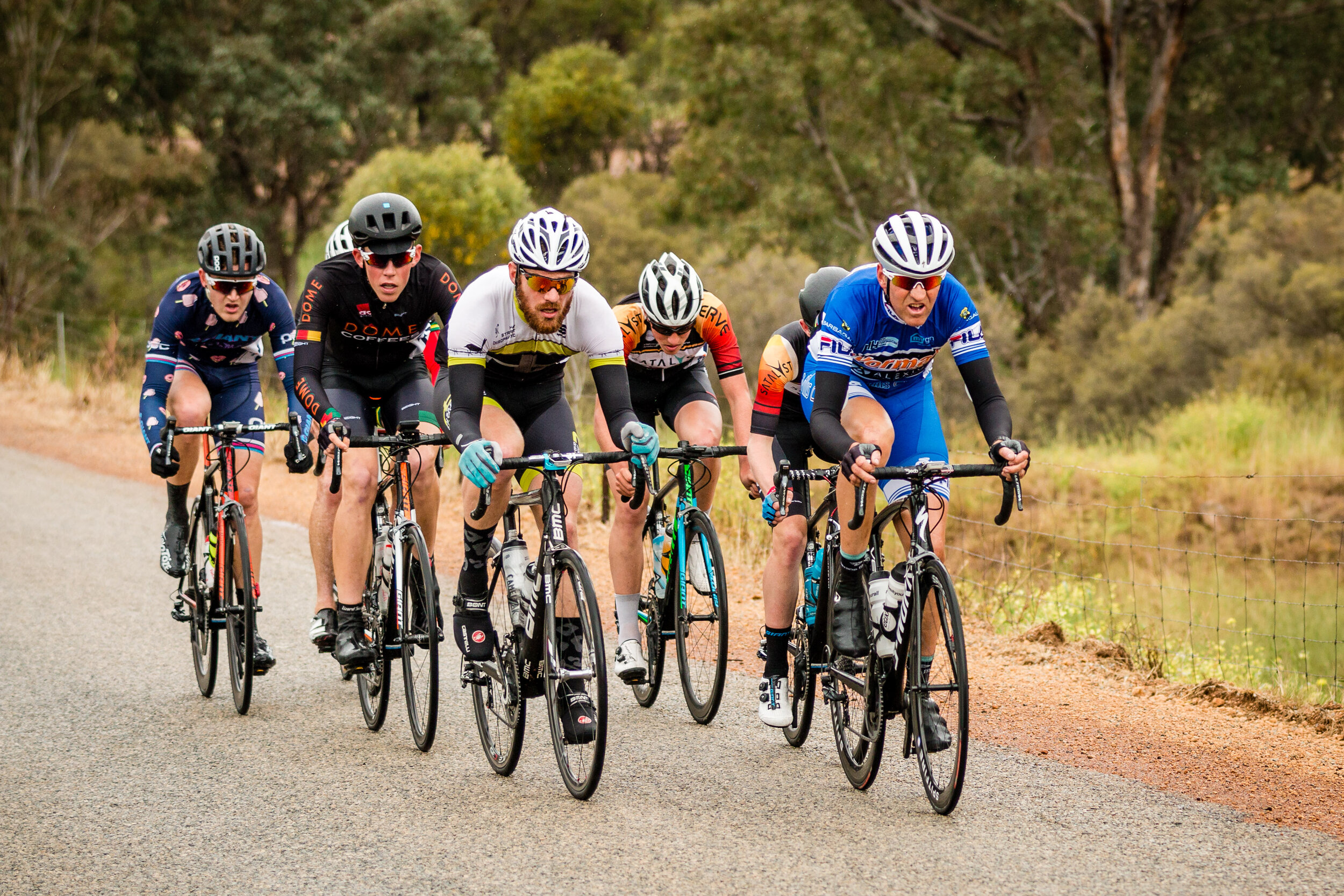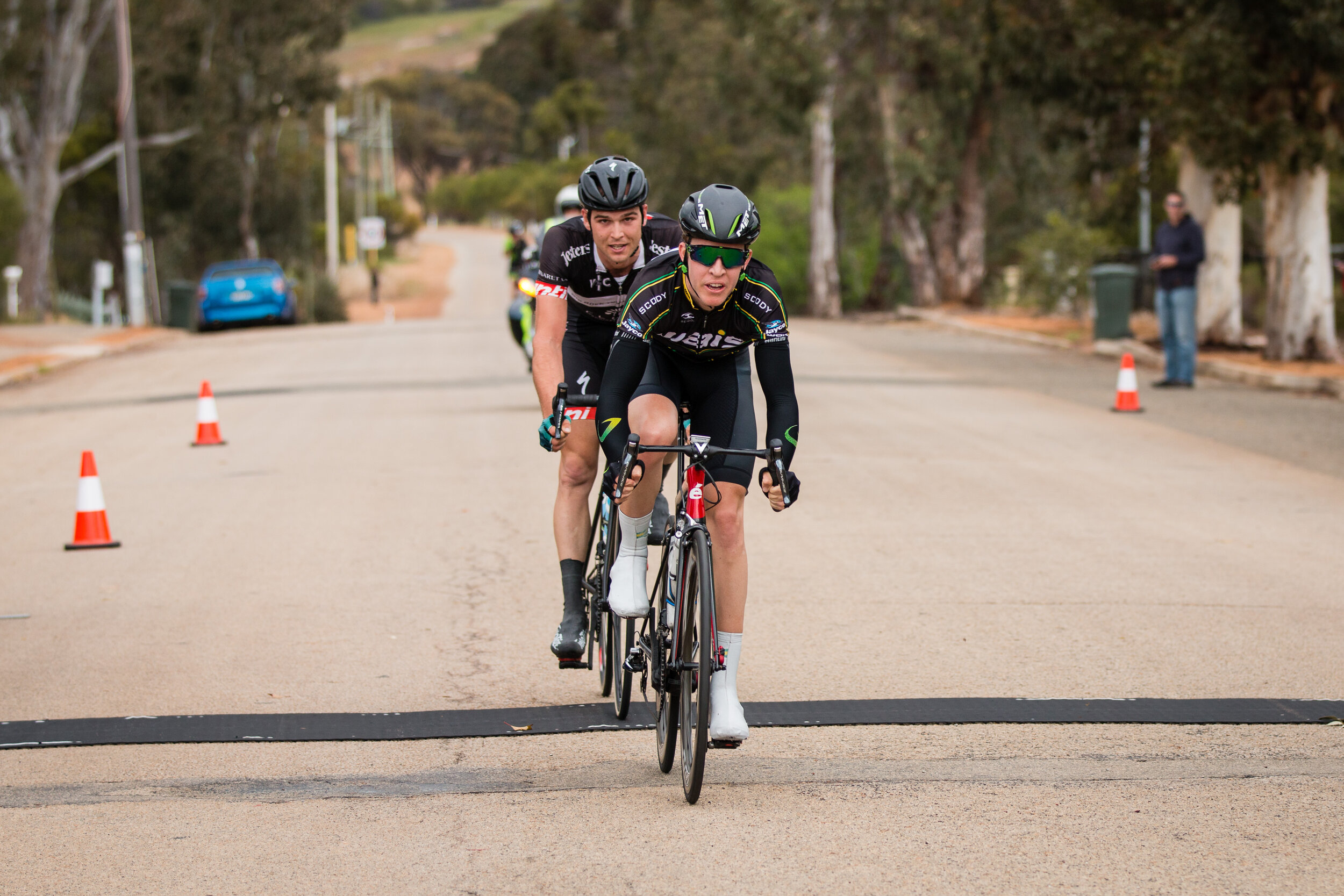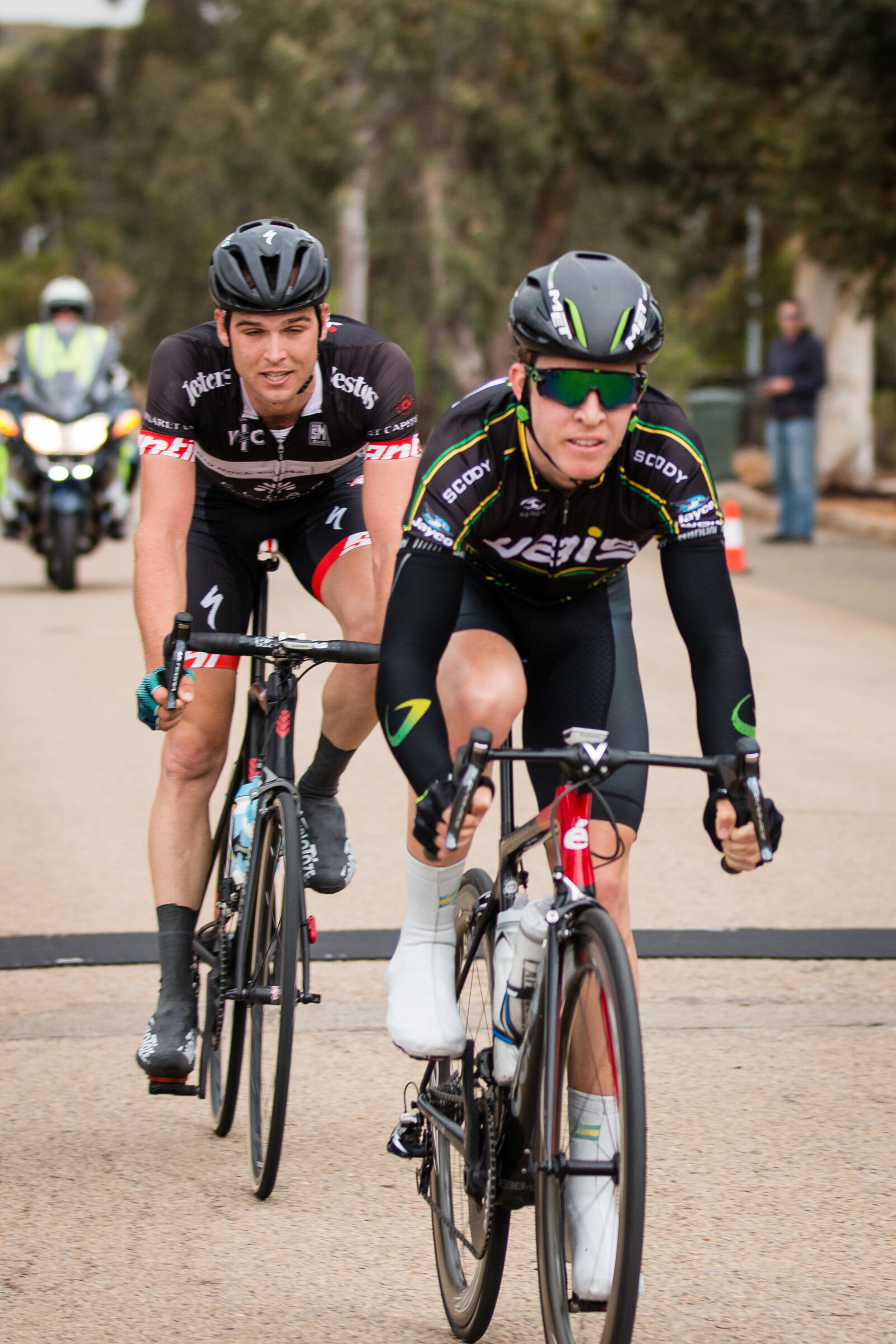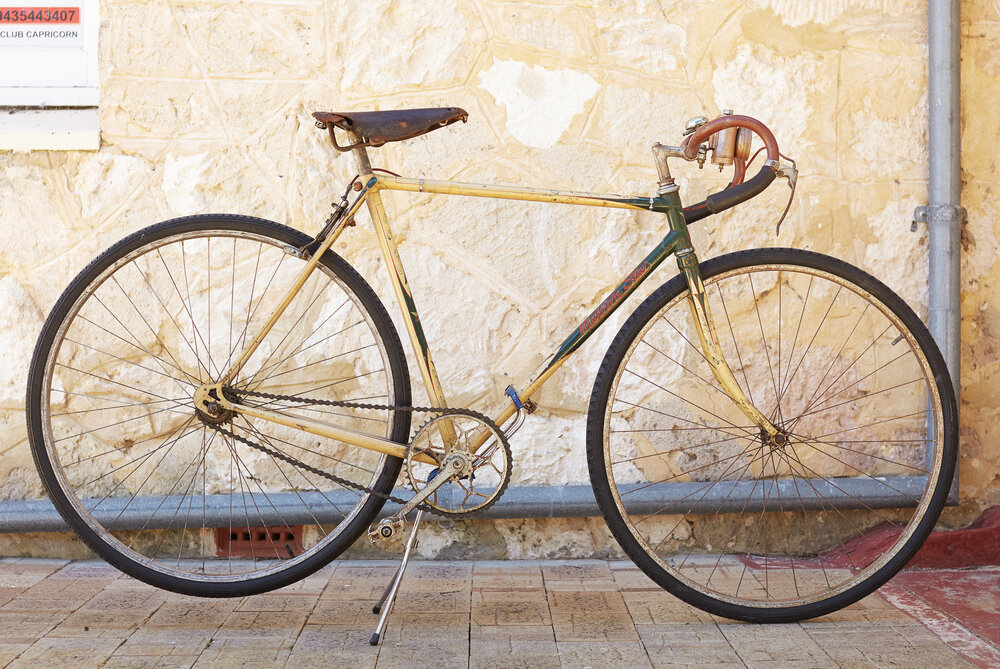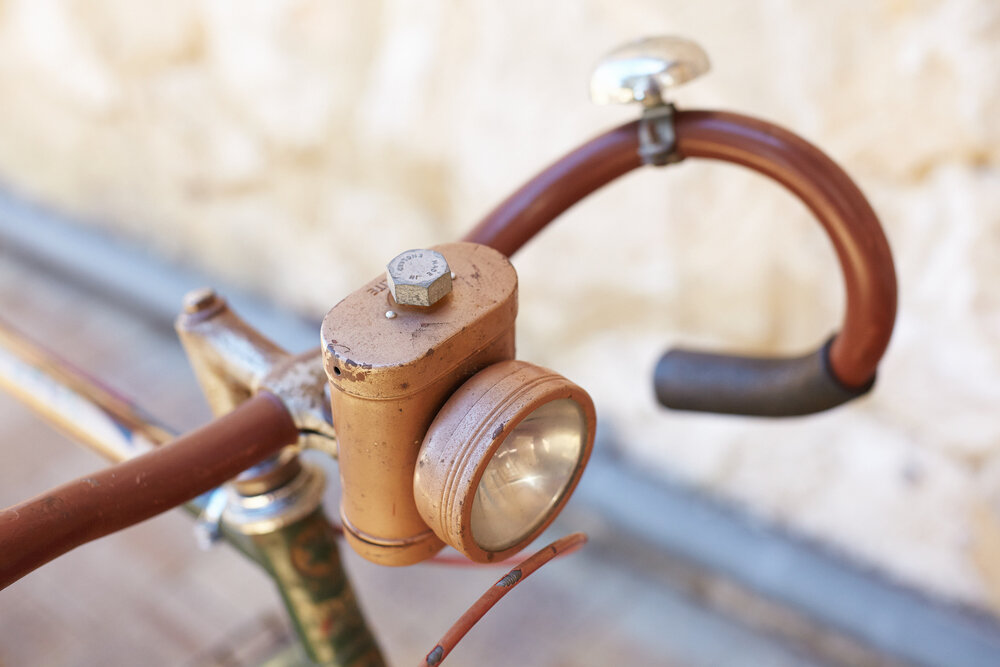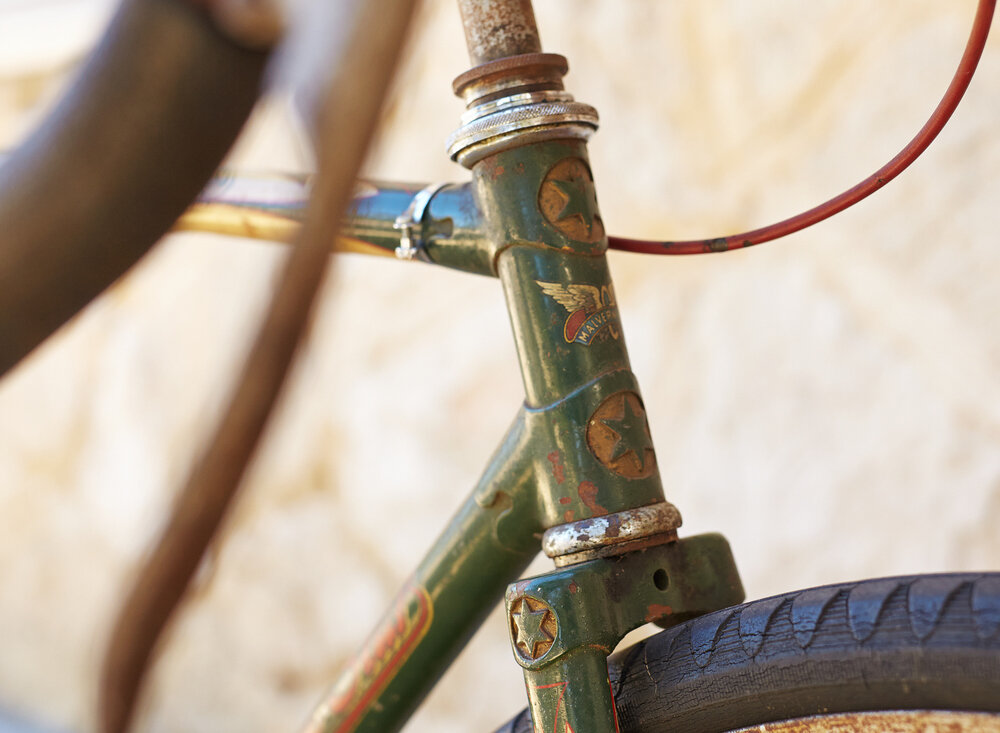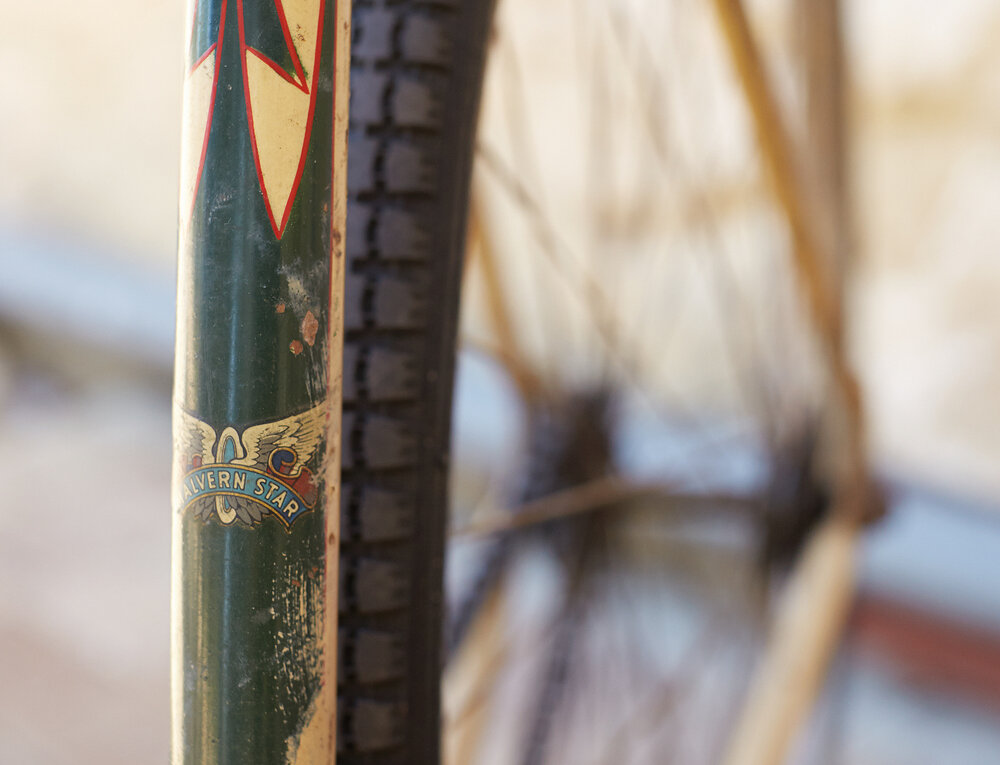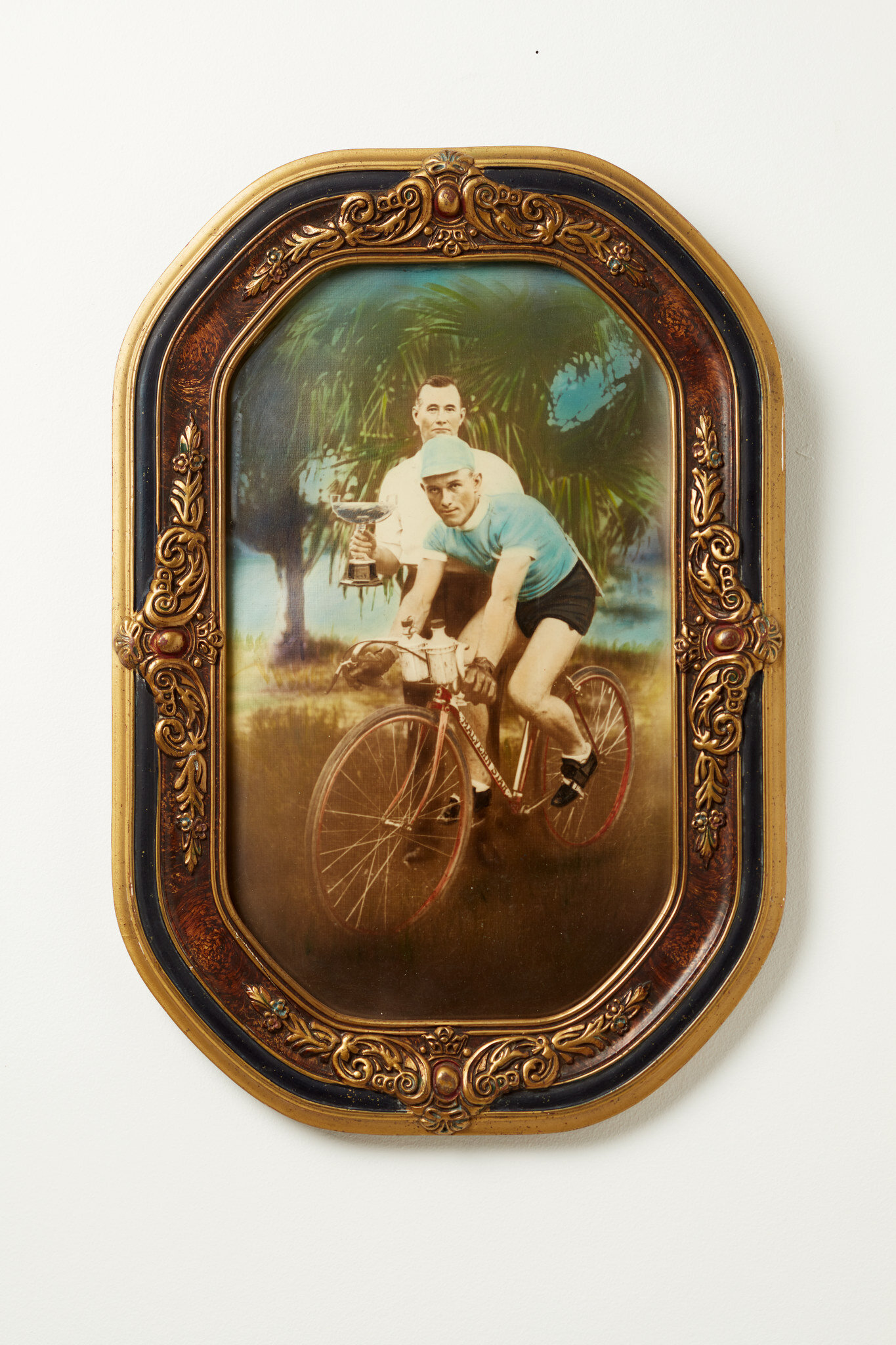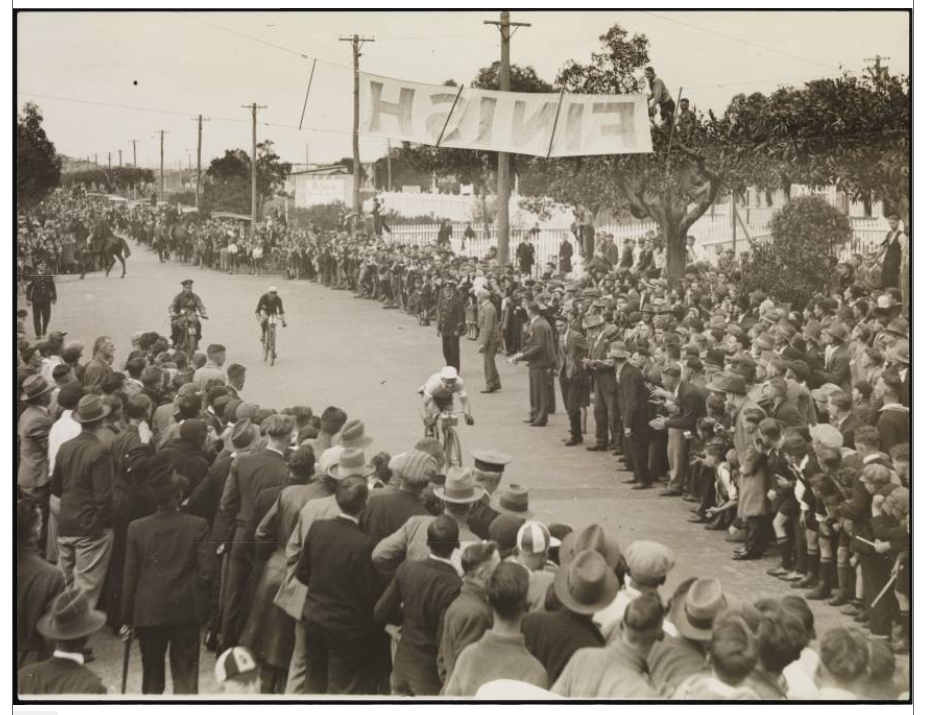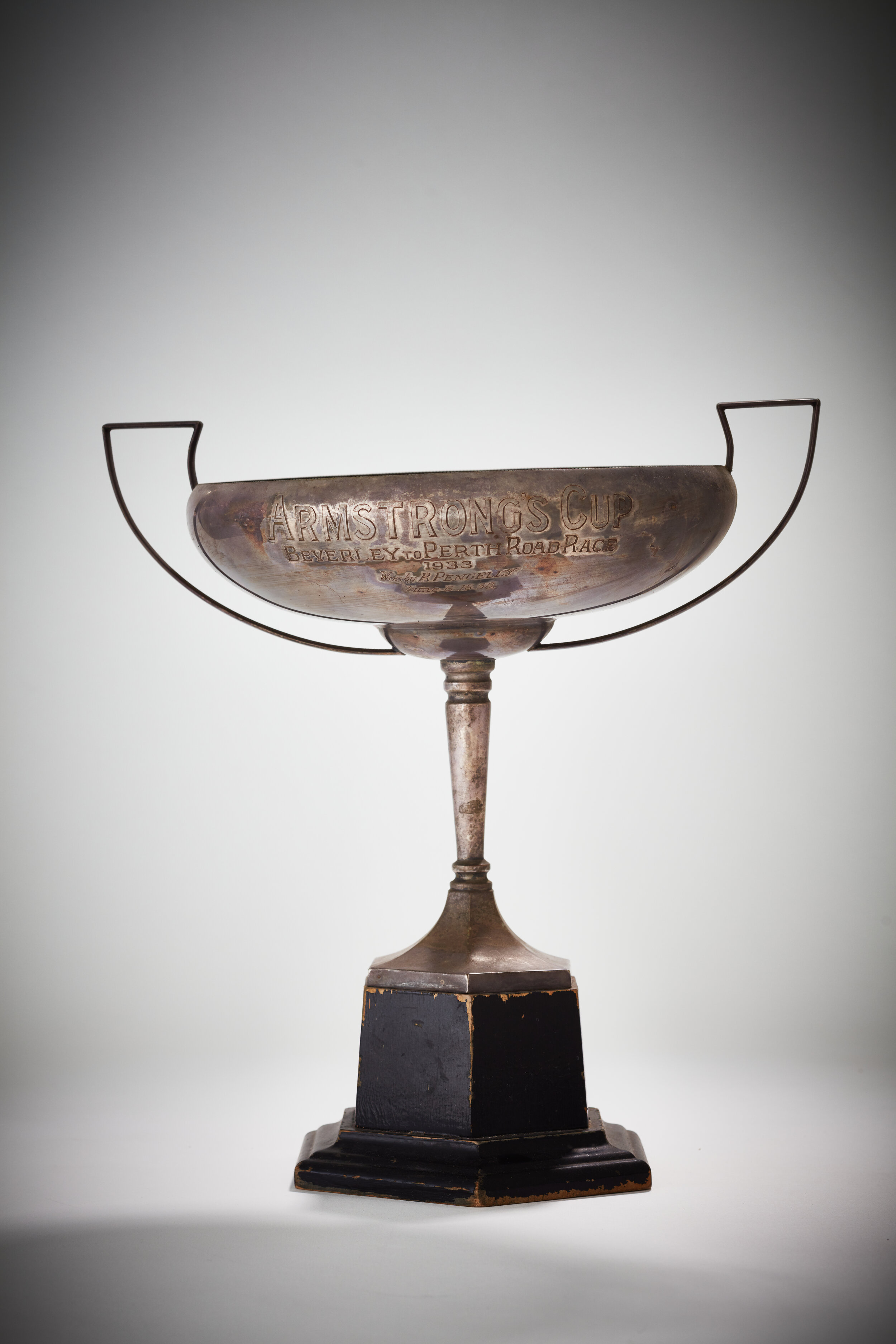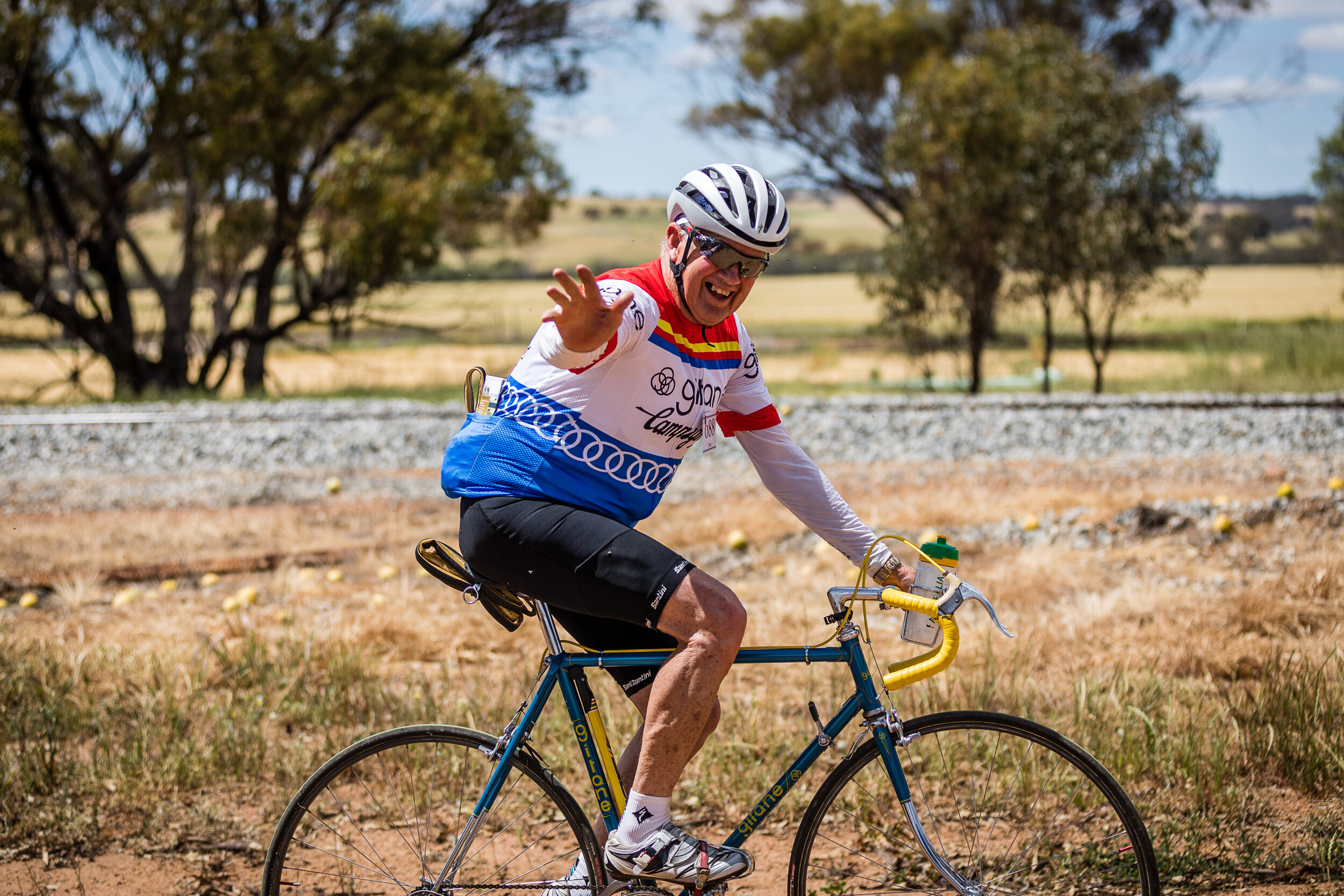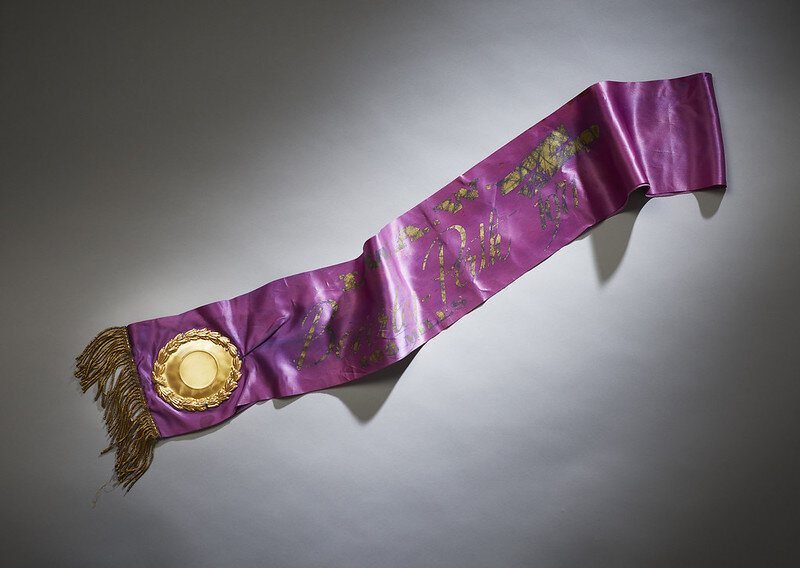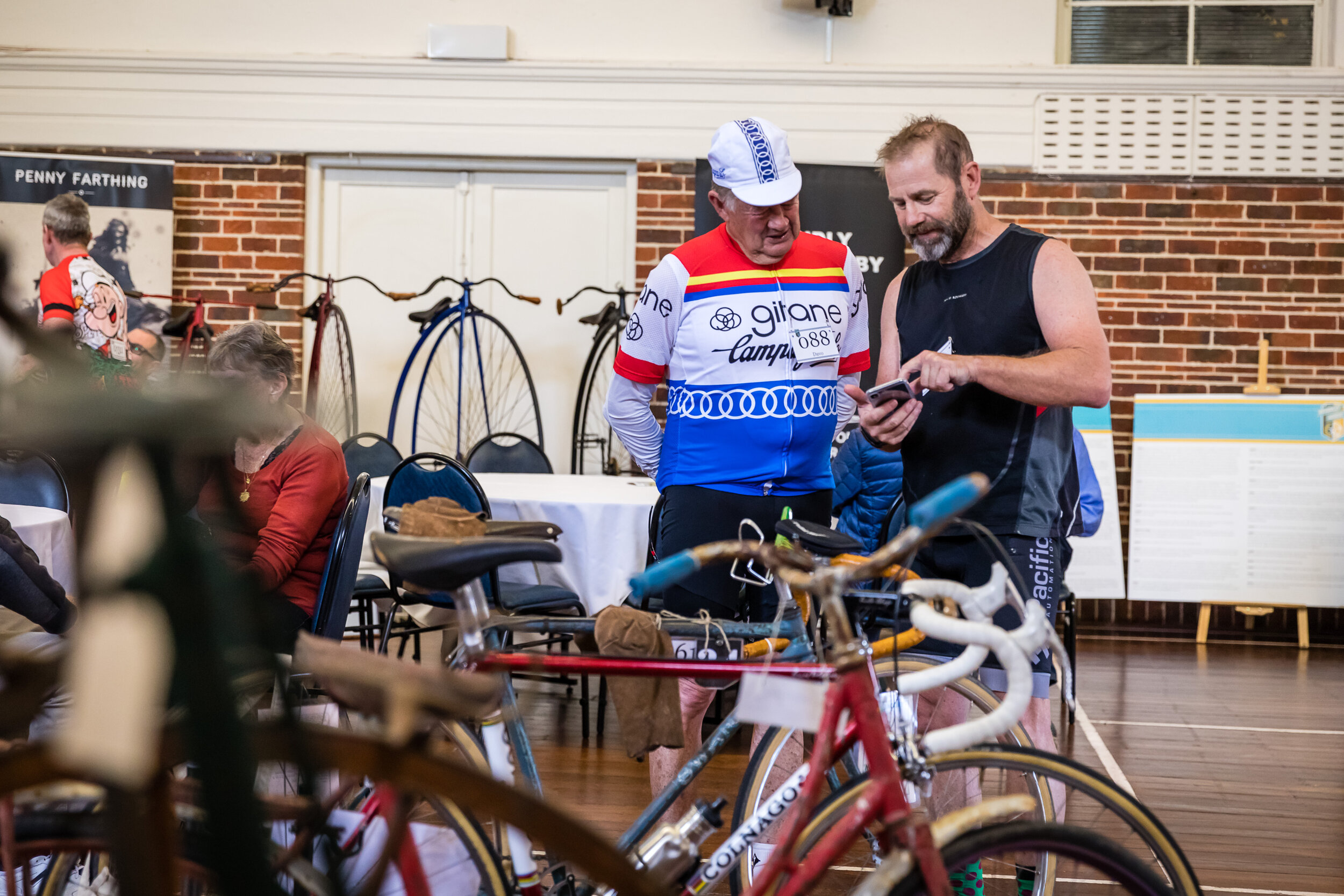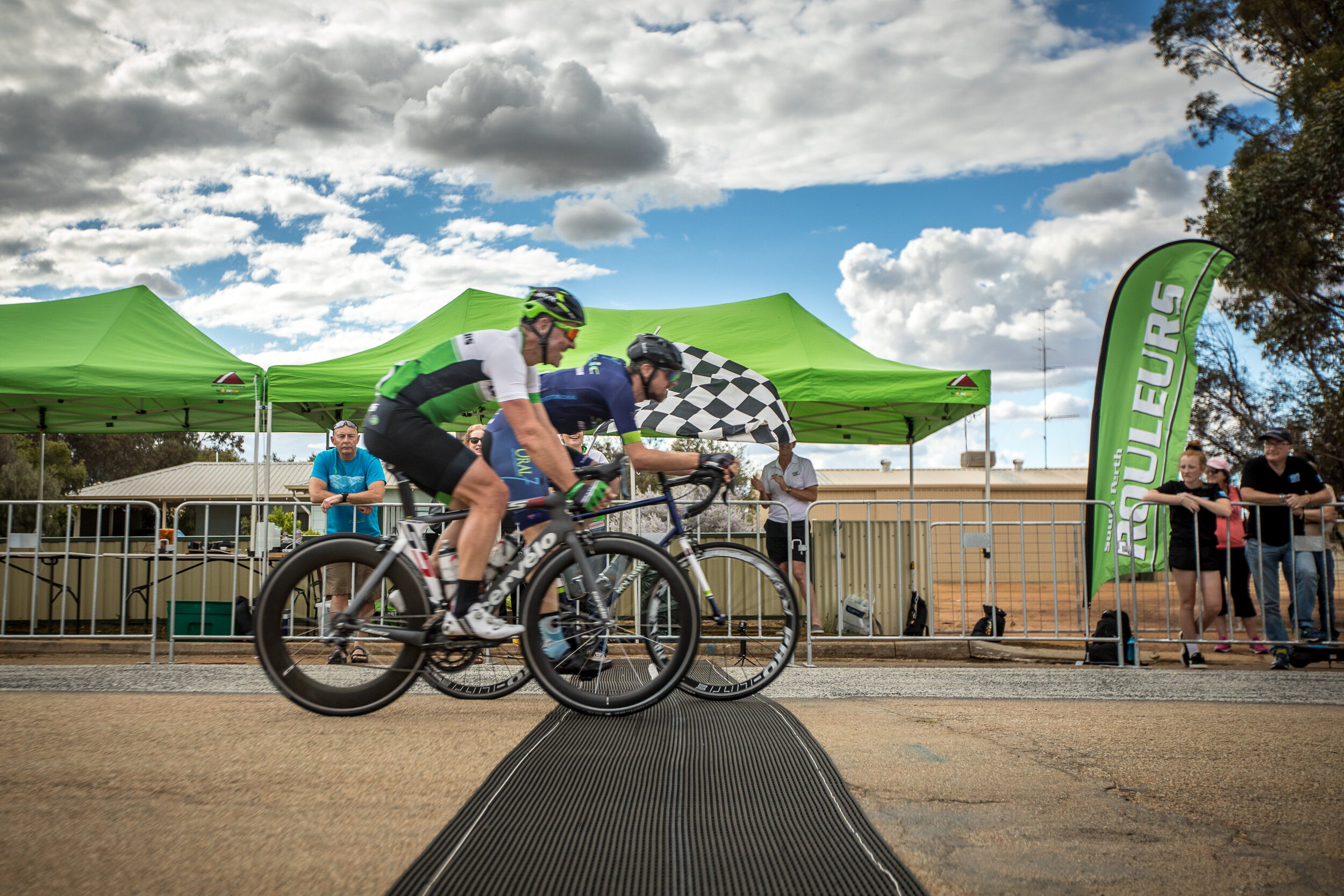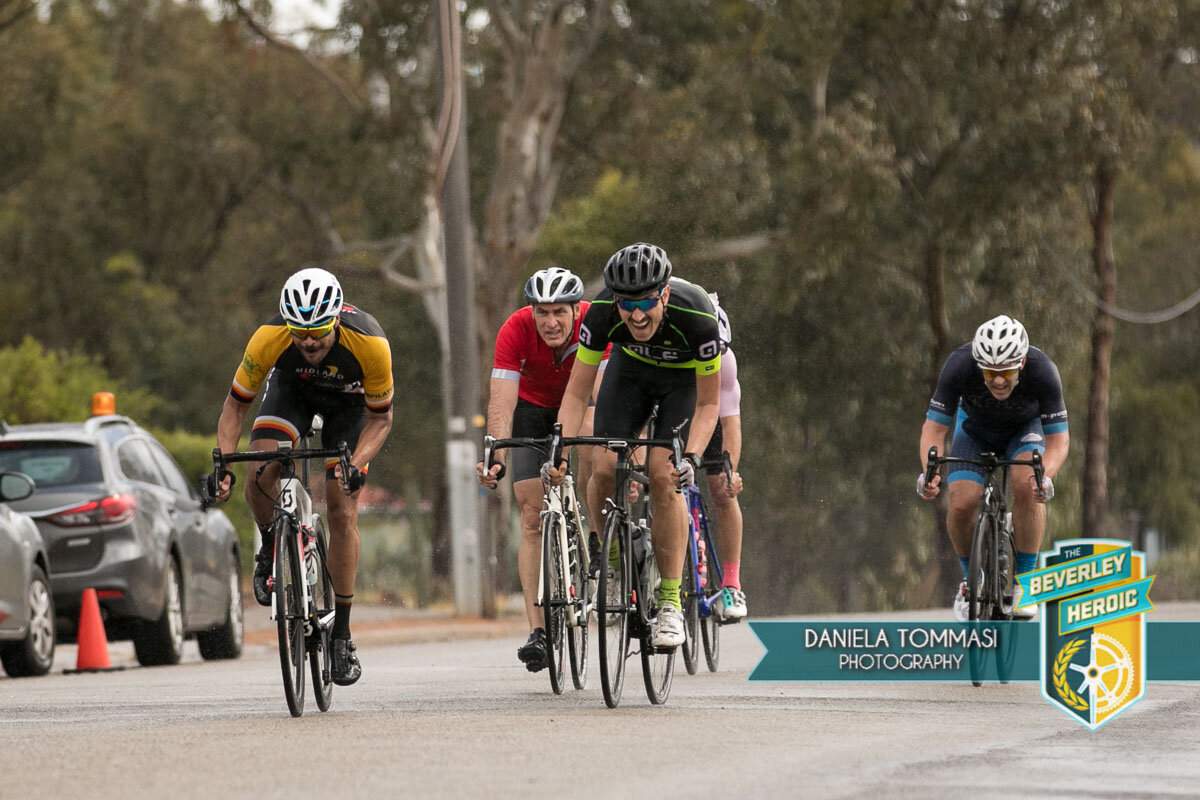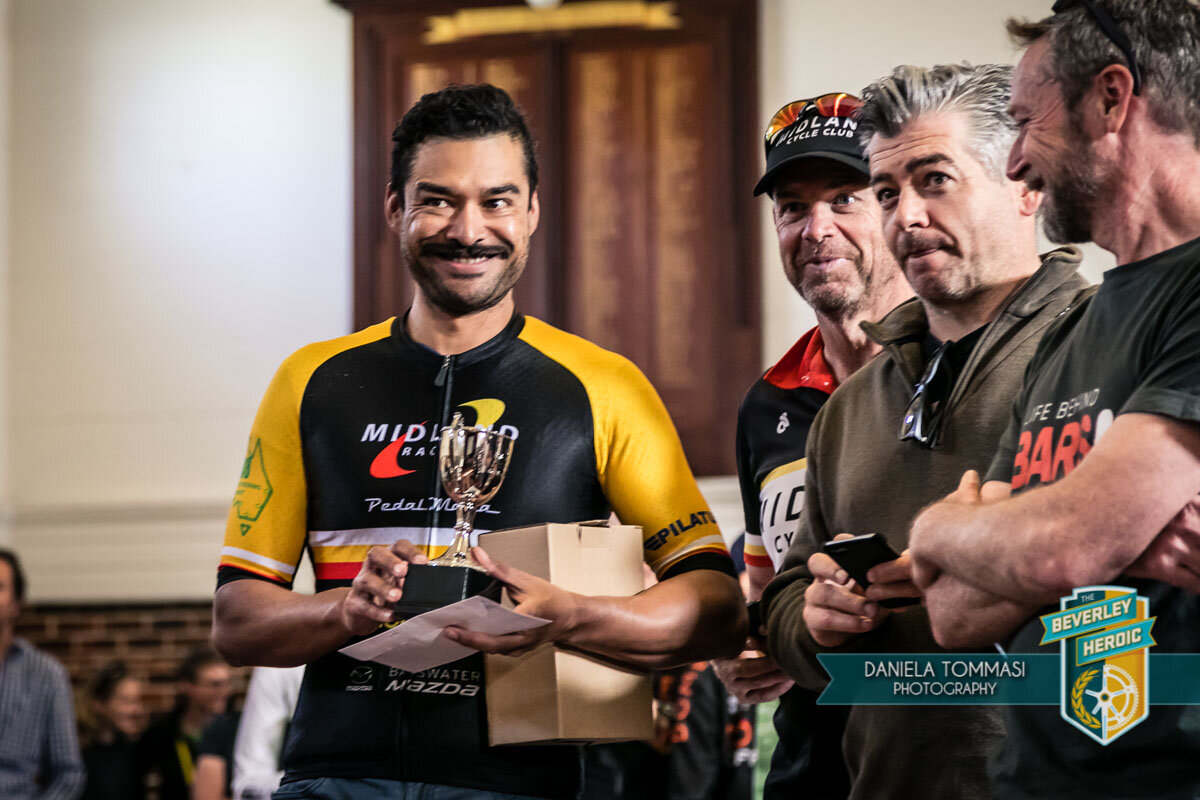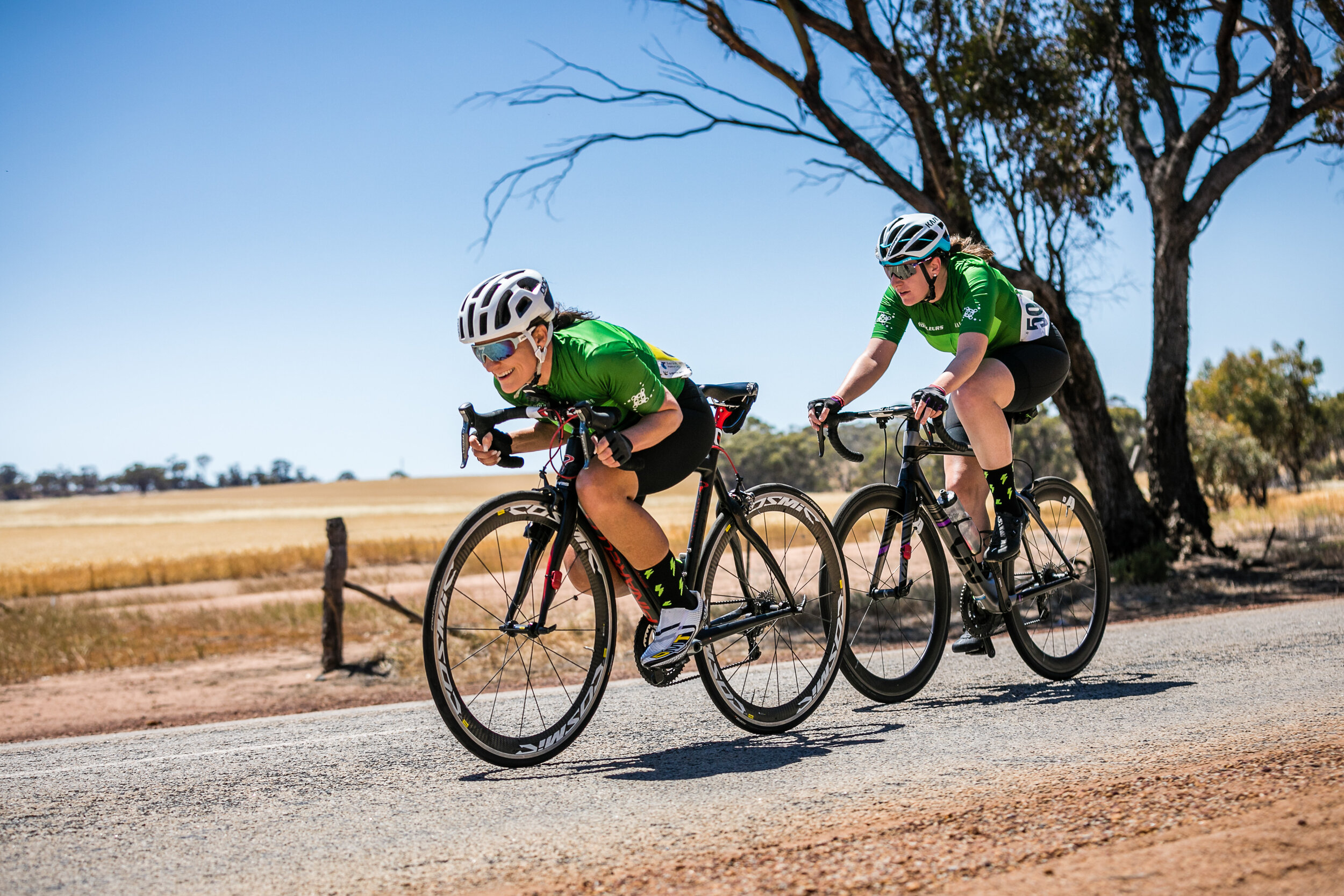1897 The first Beverley to Perth Road Race was held. It was originally called the Rover Road Race. “The longest road race which has ever taken place in the colony…The race was arranged by Mr. Percy Armstrong, of the Rover Cycling Agency. …only 14 “toed the mark”. The time for 116 miles being 6 hours 47 minutes. First prize of a Rover road racer went to J. W. Beck of Menzies with Governor, Sir Gerald Smith, acting as judge. The first two races in 1897 and 1898 finished in front of Government House.
1898 First self propelled automobile imported into WA.
1901 “Armstrong's Cycle Agency, the founders of the Beverley-Perth Road Race donate first prize: a Rover Path Racer, value £25, and the second prize a Westfield, value £14 10s'... a total value of just on £40 donated by the sport-loving firm.” Event sponsorship was taken over by the Dunlop Rubber Company.
1904 News report on the race notes: “After crossing the bridge, a short distance up the hill from Northam, you can obtain any of the following refreshments: tin of hot Bovril, tea, milk, or milk, egg and sherry, and sandwiches. At Lloyd's farm, two miles before reaching Newcastle, you will receive a tin containing hot milk and bread, and a satchel containing two hard-boiled eggs with shell, removed, two bananas, two oranges, two ounces raisins and one ounce chocolate. At some, convenient spot in the neighbourhood of Mayhew's farm at the Thirty-Mile, you will meet officials who will supply you with a tin of tea and another satchel with similar contents to the first one received at Newcastle. From this it will be seen that the riders are not to be allowed to want for sustenance and refreshment.”
1905 “Sprocket:” writes in the Beverley Times “…a closely contested race should result. Among the riders there are a number of “unknown quantities” while those who have contested the event before, are fairly numerous. The race is a very open one, and there is no foretelling for certain who will turn up trumps.” It turns out the weather was awful “the matter of the weather, which was anything but suitable for such a contest, the roads being in many places under water. The section between Beverley, and Northam is spoken of by riders as being indescribable, “the water being in some places over a foot deep”
1906 The League of W.A. Wheel men took official control of the event.
1908 The Goldfields Water Supply Scheme was extended to supply Beverley town with water.
1910 The town of Newcastle, which the “Beverley” passes through, is renamed Toodyay to avoid confusion with Newcastle on the east coast.
